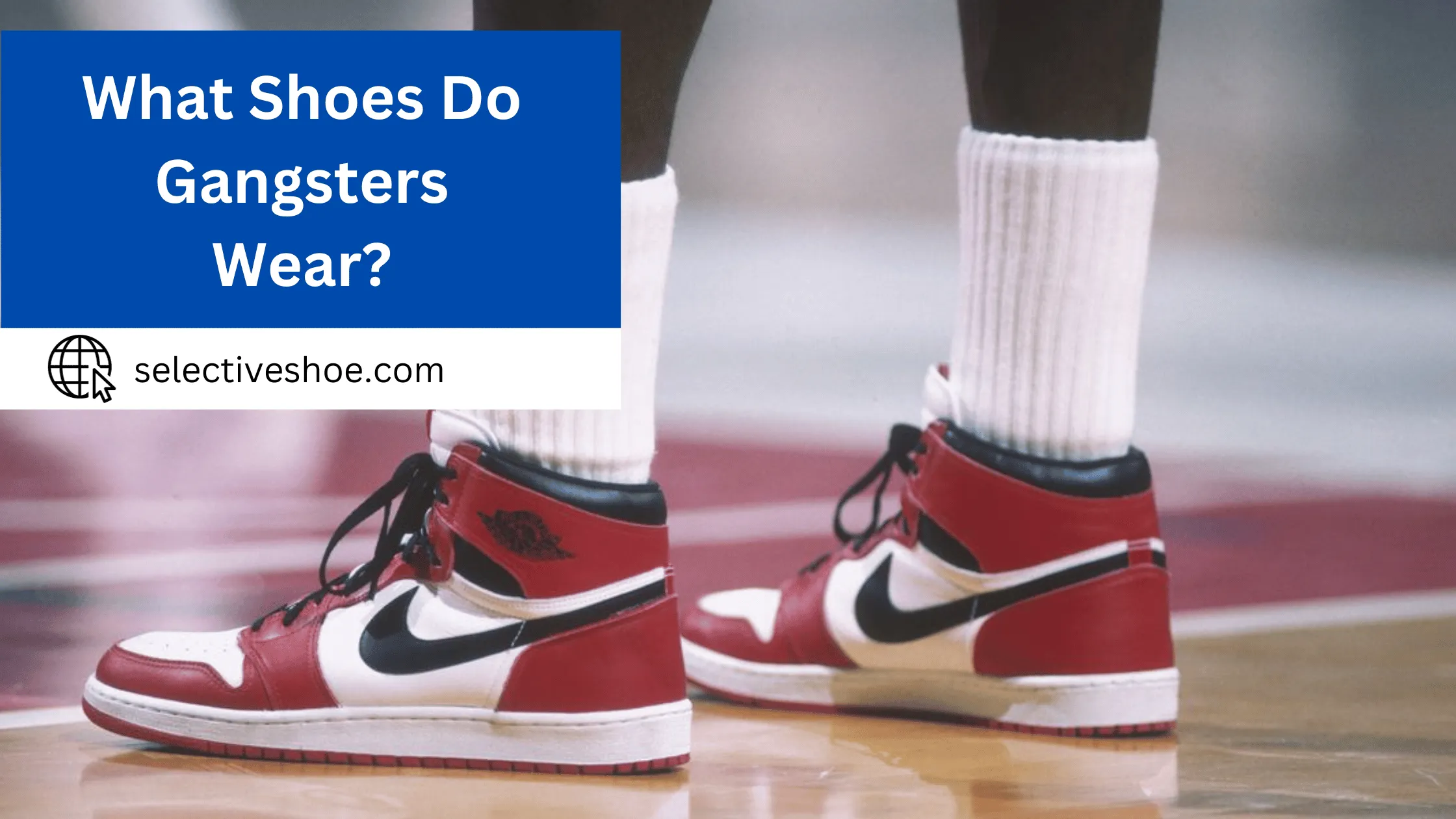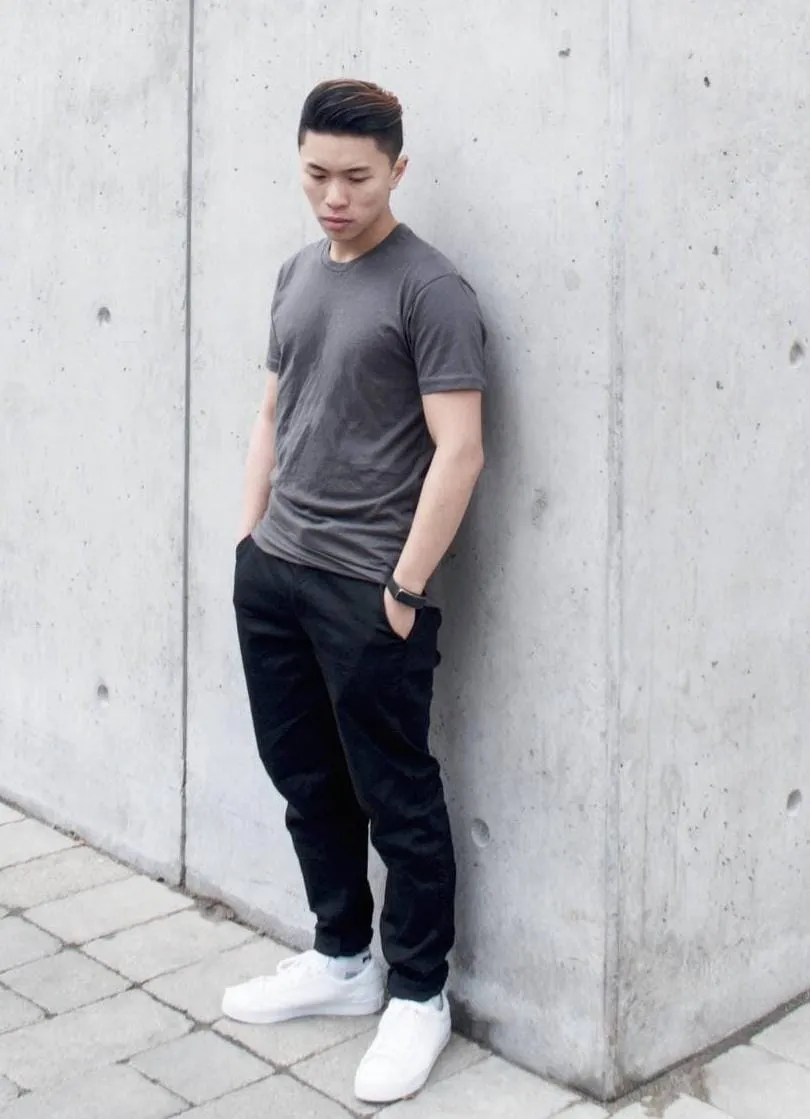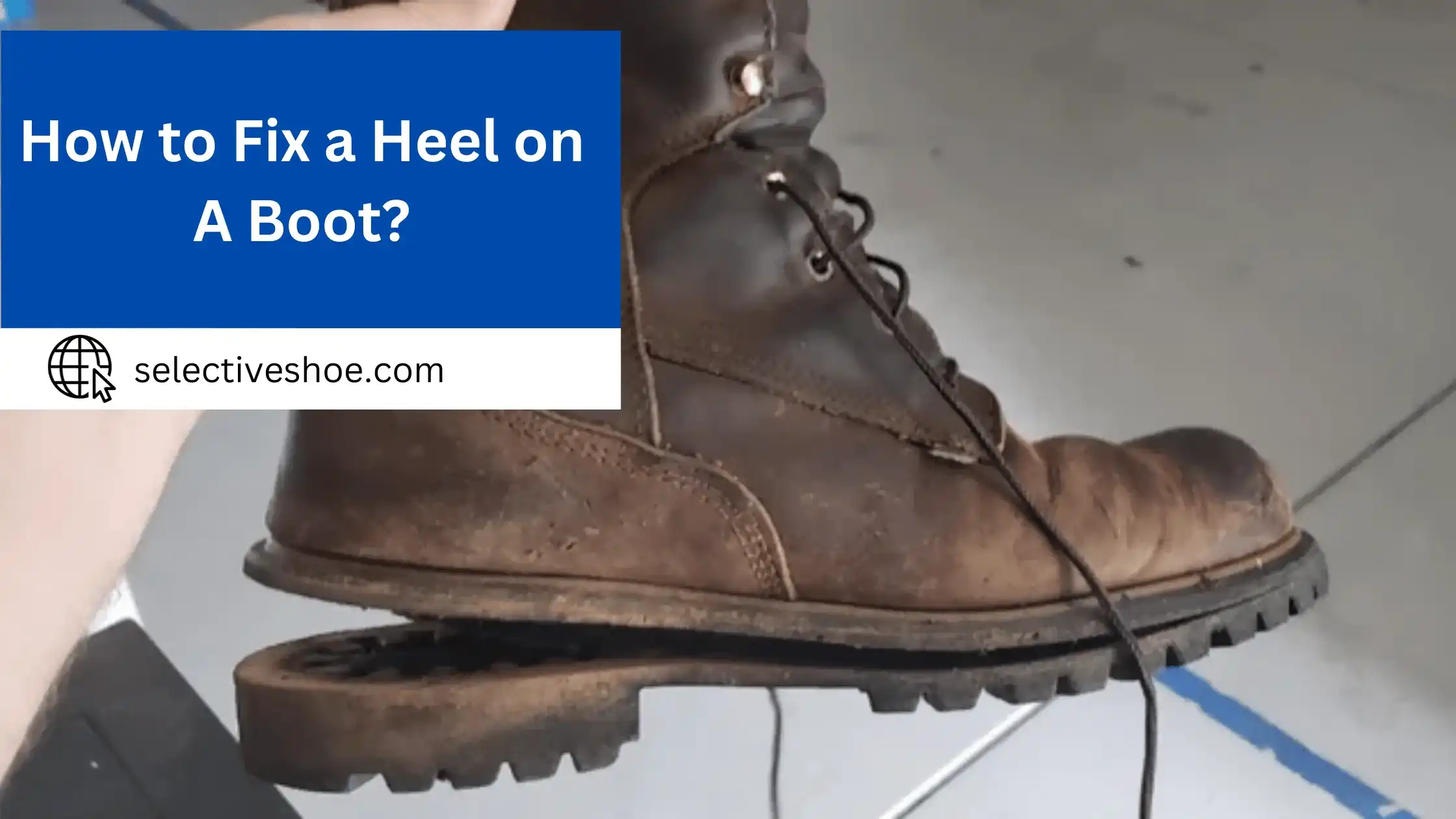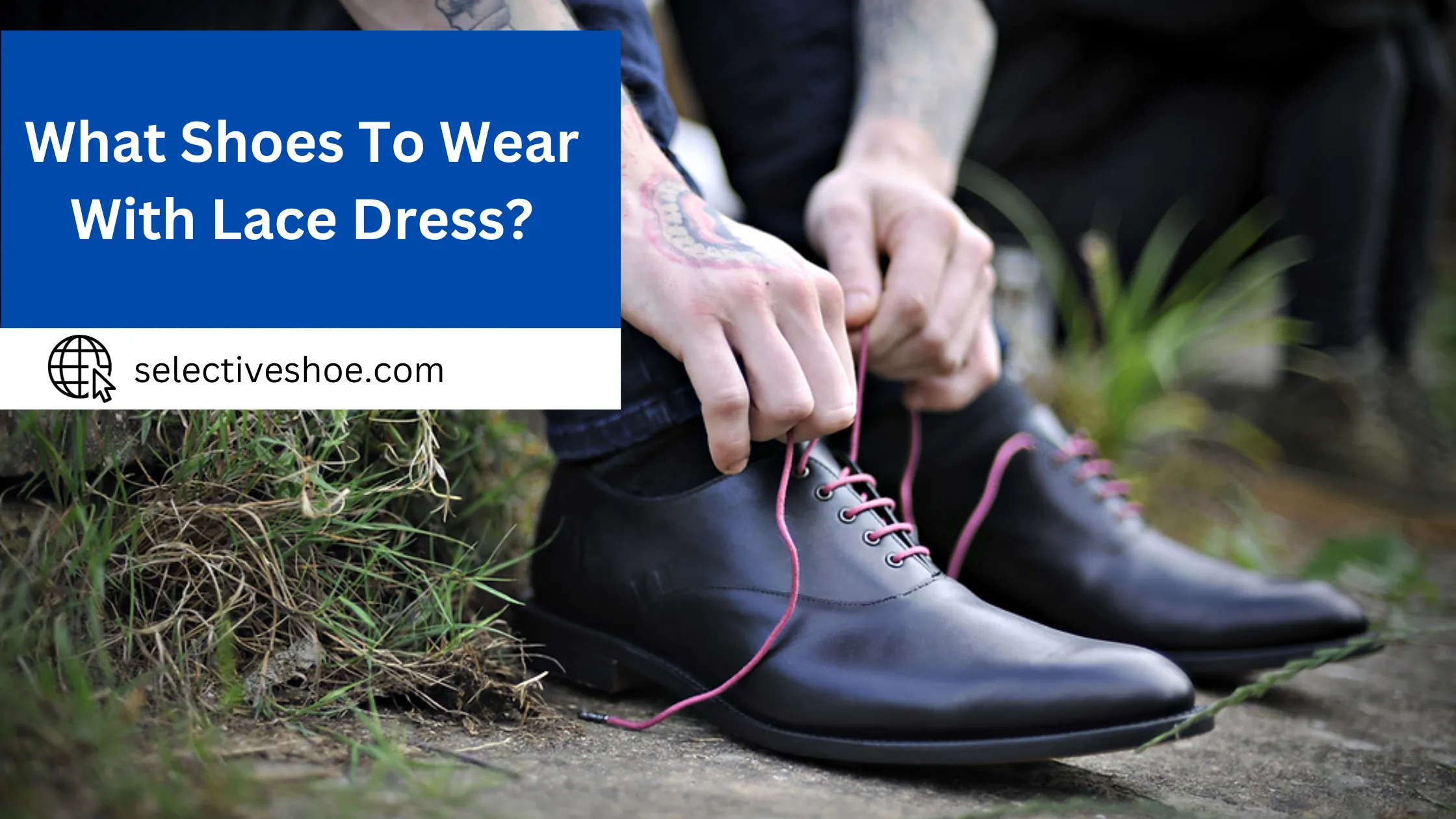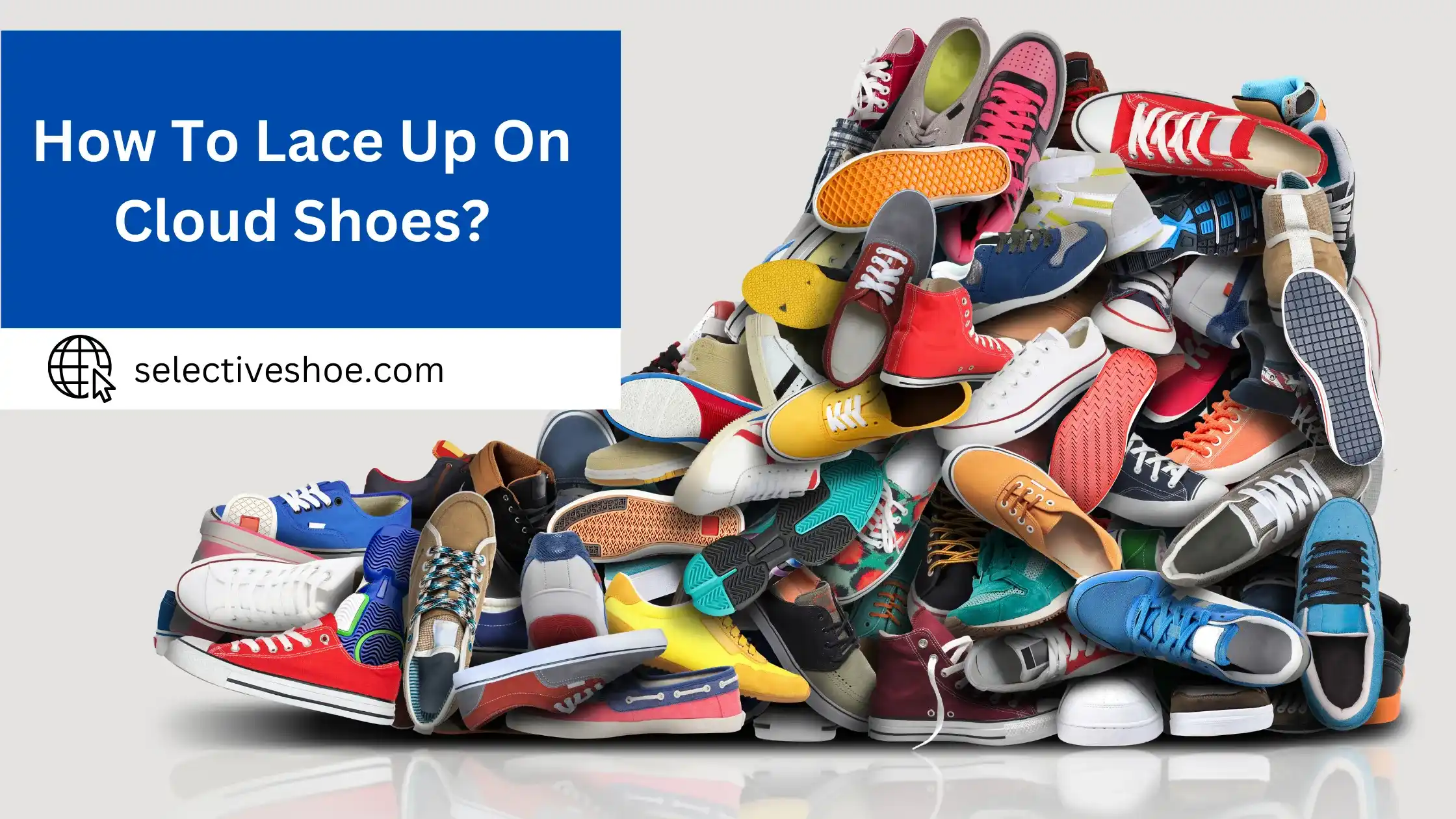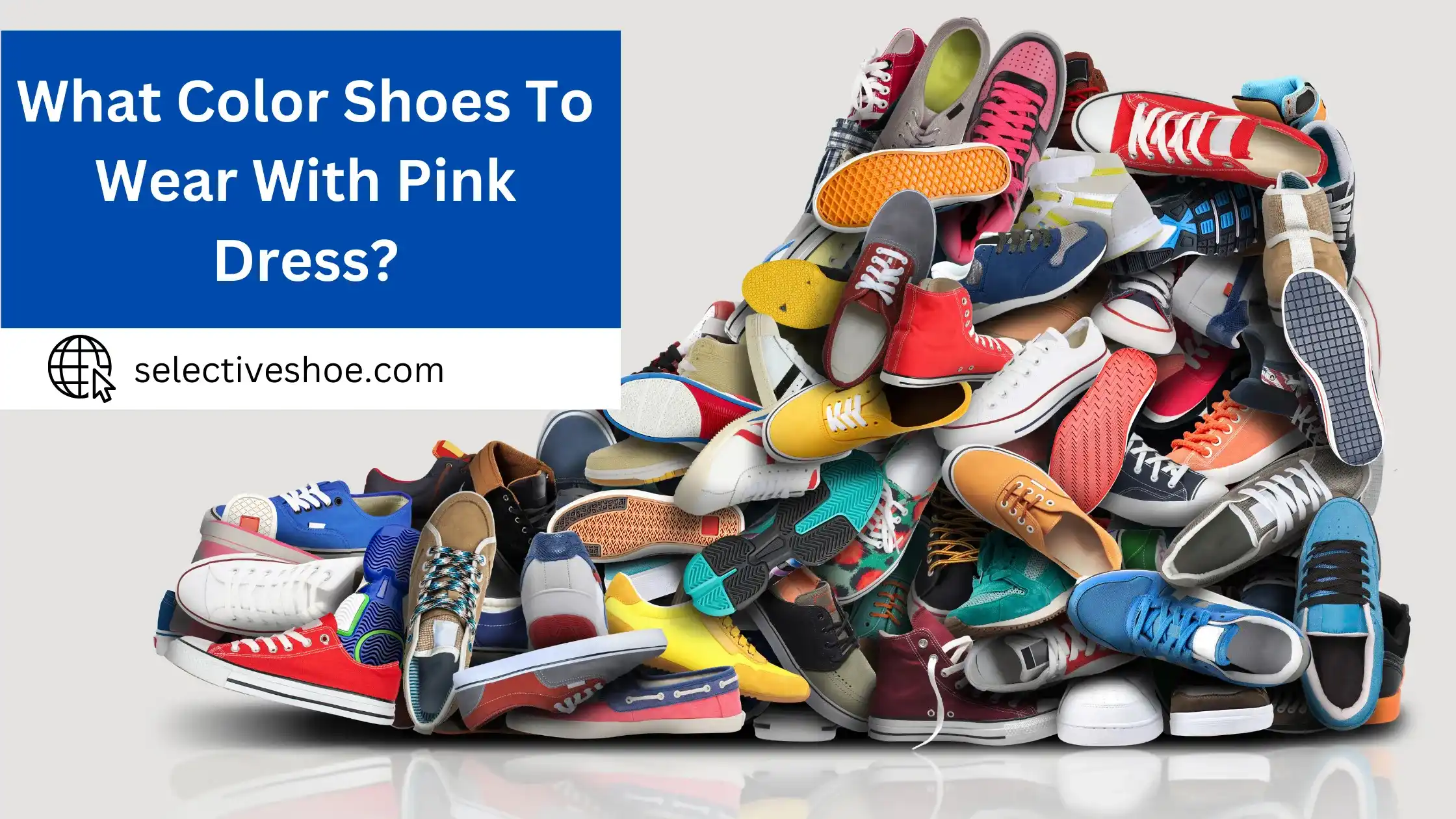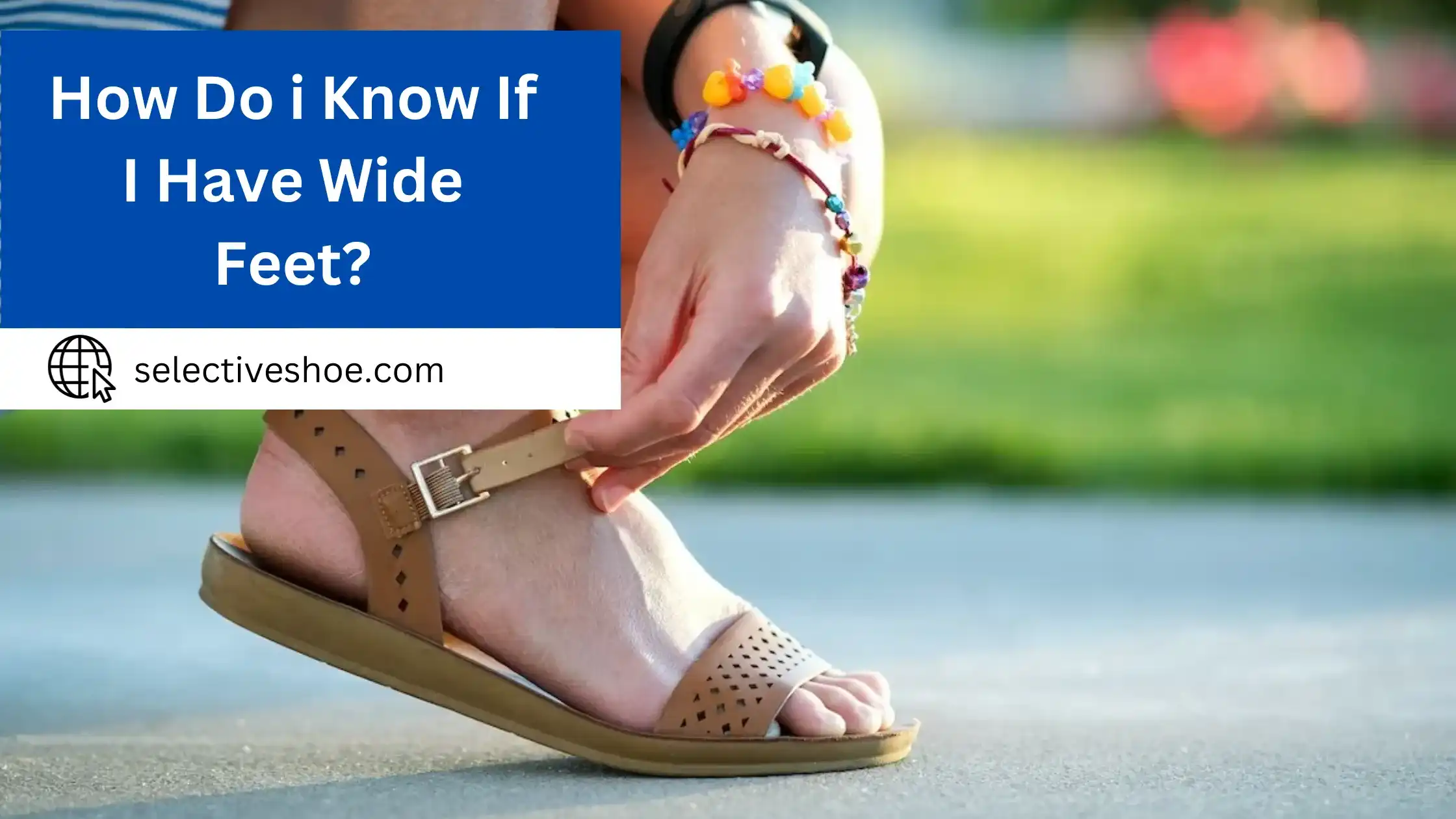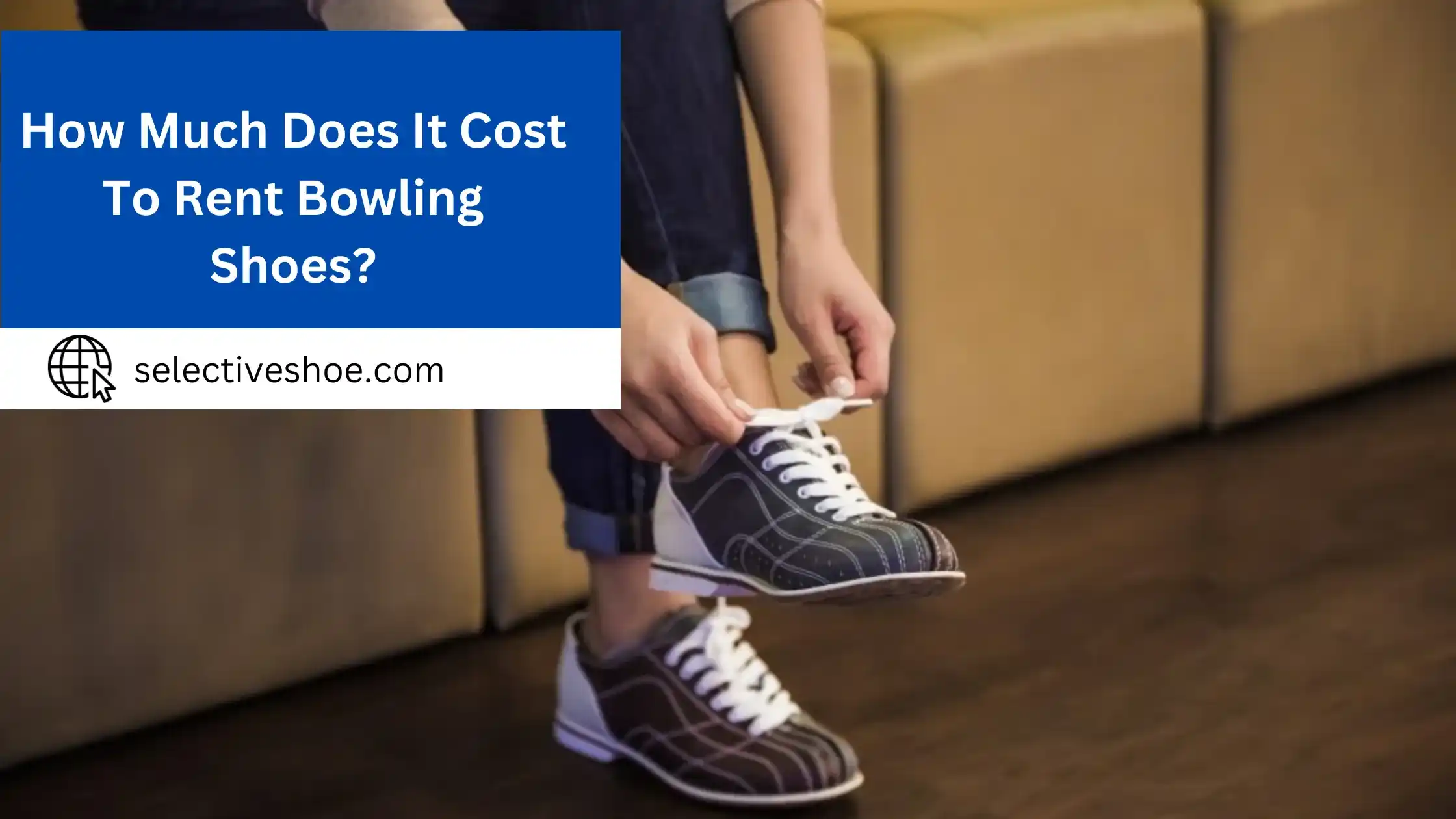From classic leather loafers to high-top designer sneakers, there are many shoe options for gangsters on the street. Here, we’ll explore what shoe gangsters wear and discuss which can help make a fashion statement. With so many stylish options available, you might be surprised how easy it is to embrace your inner criminal chic!
The image of a “gangster” has evolved and varies by region, culture, and specific criminal subcultures. However, popular culture, especially movies and TV shows, has cultivated certain stereotypes of how gangsters dress, including their choice of shoes. Here are some shoes and footwear trends that have been associated with various gangster images over the decades:
1920s-1940s: Classic Gangsters:
Think Al Capone or characters from movies like “The Godfather.” These gangsters often wore:
Wingtips And Brogues:
Polished leather shoes that added a touch of class.
Two-Toned Spectators:
A combination of two colors, typically black and white.
1970s-1990s: Mafia And Mobsters:
Movies and TV series from this era, like “Goodfellas,” portrayed Italian-American mafia figures.
Loafers:
Sleek and easy to slip on, these were a staple for many mobsters.
Polished Dress Shoes:
Maintaining a well-groomed appearance was crucial.
1980s-2000s: Street Gangs And Hip-Hop Influence:
Gang cultures in urban settings, especially those in the U.S., began to have a noticeable impact on fashion, influenced heavily by hip-hop culture.
Nike Cortez:
Popular, especially on the West Coast, and often associated with street gangs.
Timberland Boots:
Durable and iconic, these boots were adopted by many in the hip-hop and street cultures.
Adidas Superstar And Converse:
Classic sneakers that became popular in urban settings.
Contemporary Gangsters:
In more recent depictions, there isn’t a strict “uniform,” but some modern gangsters, especially those involved in high-level organized crime, might prefer:
Luxury Brands:
Shoes from brands like Gucci, Louis Vuitton, or Prada.
Designer Sneakers:
As sneakers became high fashion, many upscale brands began producing their line of luxury sneakers.
International Variations:
Different countries have their perceptions and realities of gangsters. For example:
In the UK, during the 1960s, some gangsters or “hard men” might have preferred Chelsea boots or winklepickers.
Higher-ranking organized crime figures in Russia might opt for more luxury European brands.
\
Iconic Gangster Shoes - Brands And Styles:
Over the years, certain brands and styles have gained iconic status, often due to their association with gangster culture in films, music, or real-life scenarios. Here are some of the most iconic gangster shoes:
Nike Cortez:
With its distinctive design, this classic running shoe gained significant traction on the West Coast, particularly in Los Angeles. It was popularized both on the streets and in hip-hop culture.
Adidas Superstar:
It initially launched as a basketball shoe, but hip-hop culture heavily adopted it. With groups like Run-DMC endorsing the brand, it soon became associated with the urban “gangster” look.
Timberland Boots:
The rugged design of Timberland boots made them popular among East Coast hip-hop artists. Their association with New York’s street and hip-hop scenes lent them an air of urban toughness.
Converse Chuck Taylor All-Stars:
A staple in American culture, many people have worn these shoes, from basketball players to gang members. Their simplicity and affordability made them famous in various urban settings.
Stacy Adams:
During the 1920s and 1930s, Stacy Adams shoes were a favorite among gangsters in the Prohibition era, like Al Capone. The polished look of these shoes matched the sharp suits of that era.
Puma Suede:
Popular in the hip-hop scene, especially during its early days in the 1970s, the Puma Suede also found its way into various urban subcultures.
Region-Specific Gangster Shoe Trends:
Gangster fashion, including footwear, often reflects the broader socio-cultural and economic backdrop of different regions. These fashion choices symbolize regional identities, local tastes, and societal nuances.
United States:
West Coast:
The Nike Cortez became iconic in LA, especially within certain gang cultures, partly due to its affordability and the rising influence of hip-hop.
East Coast:
Timberland boots and specific Adidas sneakers became particularly popular, influenced heavily by the New York hip-hop scene.
Latin America:
In areas heavily influenced by narco-culture, like parts of Mexico, extravagant cowboy boots known as “botas picudas” gained popularity.
Europe:
Italy:
The Italian Mafia, given Italy’s rich history in luxury leather goods, naturally gravitated toward polished leather shoes, emphasizing Italian elegance.
UK:
During the 1960s, Chelsea boots, loafers, and winklepickers became associated with the mod and rocker subcultures and certain criminal elements within those groups.
Asia:
Japan: The Yakuza, Japan’s organized crime group, has been documented wearing traditional split-toe “tabi” shoes or setta sandals during specific occasions, blending modern gangster identity with conventional wear.
Russia:
In the post-Soviet era, the Russian mafia or “Bratva” were known for their flashy display of wealth. This extended to footwear, with a preference for luxury European brands.
The Psychological Impact of Gangster Footwear:
Footwear can be more than just a functional or aesthetic accessory like any other fashion element. It often has more profound psychological implications, especially in gangster culture.
Status & Power:
High-quality, brand-name or distinct footwear can be seen as a status symbol. Owning and displaying such shoes may signal wealth, success, and dominance within the gang hierarchy or the broader community.
Affiliation & Identity:
Specific shoe types or colors may signify allegiance to a particular gang or faction. Wearing these shoes strengthens group identity and can foster a sense of belonging.
Intimidation & Fear:
Certain types of footwear, mainly when associated with gangster imagery, can be a tool of intimidation. They can signal to outsiders that the wearer is part of a powerful and potentially dangerous group.
Cultural & Historical Roots:
For some, footwear choices connect them to their cultural or historical roots, bridging their past (or their family’s past) and their current identity as a gang member.
Rebellion & Non-conformity:
Choosing footwear contrary to mainstream fashion or societal norms can be a form of rebellion, signaling a rejection of conventional values or standards.
Conclusion
The fashion choices of gangsters have evolved with the times, and these days, they can be seen sporting various shoe trends, from flashy sneakers to designer kicks. No matter which shoes they prefer to wear, one thing is sure: comfort is key. Whether you’re a gangster or not, pick the right shoe that speaks to your personality while providing comfort and support for your feet. So, if you want a gangster-approved look, hit up your favorite store and try it for yourself!
